The Most Fascinating Shanghai Museums (2025)
Why Shanghai Museums Are Must-See Attractions
Shanghai museums are more than just buildings that display artifacts – they are storytellers of the city’s past, guardians of culture, and bridges connecting China with the world.For international visitors planning a Shanghai itinerary, exploring museums is one of the best things to do in Shanghai if you want to understand the city beyond its commercial glamour. From ancient Chinese bronzes to cutting-edge contemporary art and moving wartime memories, Shanghai museums offer experiences as diverse as the city itself.
In this guide, we’ll take you through the most fascinating Shanghai museums that reveal Shanghai’s layered identity across time:
-
The Shanghai Museum, a treasure trove of 5,000 years of Chinese civilization.
-
The Pudong Art Museum, a modern icon shaping the future of Shanghai’s cultural landscape.
-
The Shanghai Jewish Refugees Museum, a deeply moving reminder of humanity during one of history’s darkest times.
Whether you’re a history lover, an art enthusiast, or a traveler seeking meaningful experiences, these Shanghai museums should be at the top of your list of cultural attractions in Shanghai.
-
Shanghai Museum – The Most Classic of All Shanghai Museums
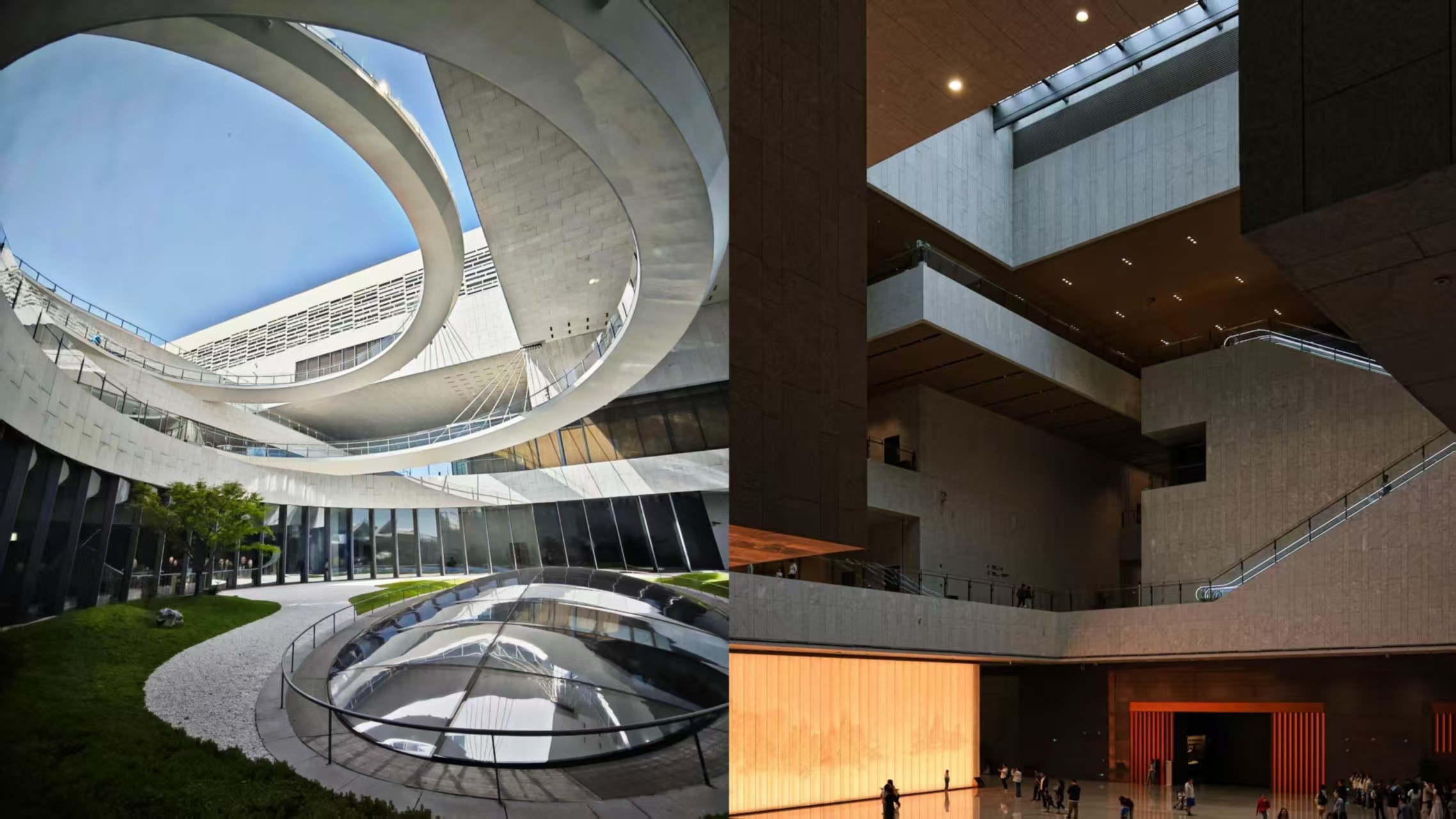
Located in the heart of People’s Square, the Shanghai Museum is considered the crown jewel of all Shanghai museums. Designed in the shape of a traditional Chinese cooking vessel called a ding, the building itself reflects the connection between modern Shanghai and ancient Chinese tradition.
Stories Hidden in Ancient Artifacts at Shanghai Museum
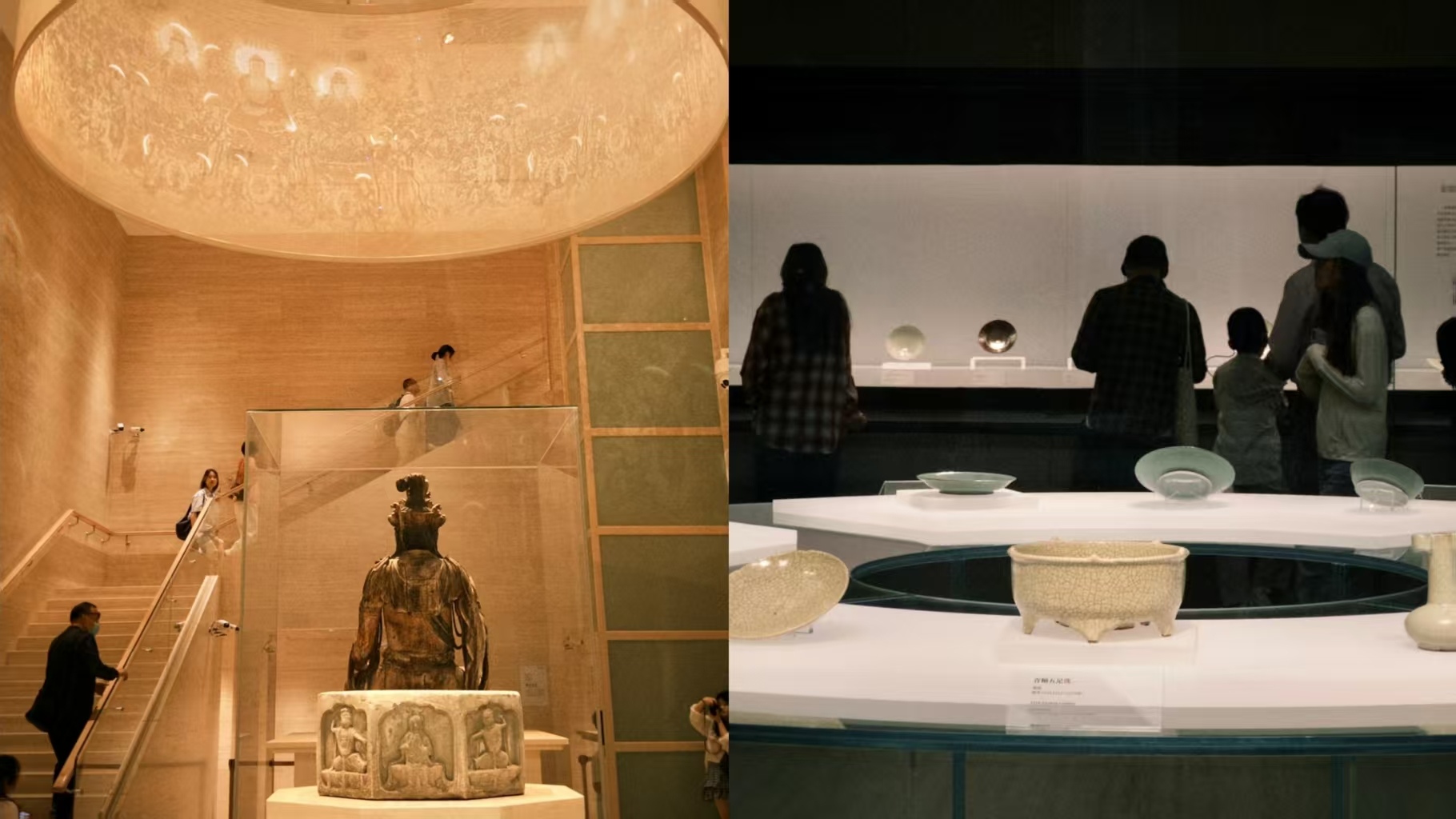
The Shanghai Museum houses more than 120,000 pieces, making it one of the richest collections in all of China. Each gallery tells a unique story, transporting visitors across different eras:
-
Bronze Gallery – Step back into the world of China’s early dynasties. The intricate bronze vessels reveal not only craftsmanship but also the political and spiritual life of ancient China. These artifacts symbolize power, ritual, and the early state system.
-
Ceramics Gallery – From Tang dynasty sancai (three-colored ware) to exquisite Ming blue-and-white porcelain, this section tells the story of global trade. Chinese ceramics once traveled along the Silk Road and across oceans, shaping artistic traditions worldwide.
-
Calligraphy and Painting Galleries – For Chinese literati, brush and ink were more than tools; they were vehicles of philosophy and self-expression. Here, you can see scrolls from masters like Wang Xizhi, each stroke carrying centuries of wisdom.
-
Jade and Furniture – Delicate jade carvings and Ming–Qing dynasty hardwood furniture highlight the refinement of Chinese aesthetics and daily life.
Unlike many museums where you simply “look,” the Shanghai Museum feels like a time capsule, where every artifact speaks of cultural exchange, philosophy, and artistic innovation.
Travel Tips for Visiting Shanghai Museum
For international tourists, the Shanghai Museum is one of the most convenient and visitor-friendly cultural attractions in Shanghai:
-
Tickets/Reservation: Admission is free, but you must book an entry slot in advance through the official Shanghai Museum WeChat mini-program or website. Foreign visitors can use their passport number for reservation. Without pre-booking, walk-in chances are limited, especially on weekends.
-
Opening Hours: 9:00 AM – 5:00 PM (last entry at 4:00 PM). Closed on Mondays.
-
Recommended Time: 2–3 hours to explore the main highlights.
-
Facilities: Free lockers available at the entrance; a museum café offers light snacks and drinks.
-
Language Support: English, Japanese, and Korean captions are provided for most exhibits. Audio guides in English can be rented for a small fee (about ¥40).
-
How to Get There: Take Metro Line 1, 2, or 8 to People’s Square Station (Exit 1). The museum is just a 5-minute walk.
Pro Tip: Arrive early in the morning to avoid long queues, especially during weekends and Chinese public holidays.
-
Pudong Art Museum – The Most Modern Face of Shanghai Museums
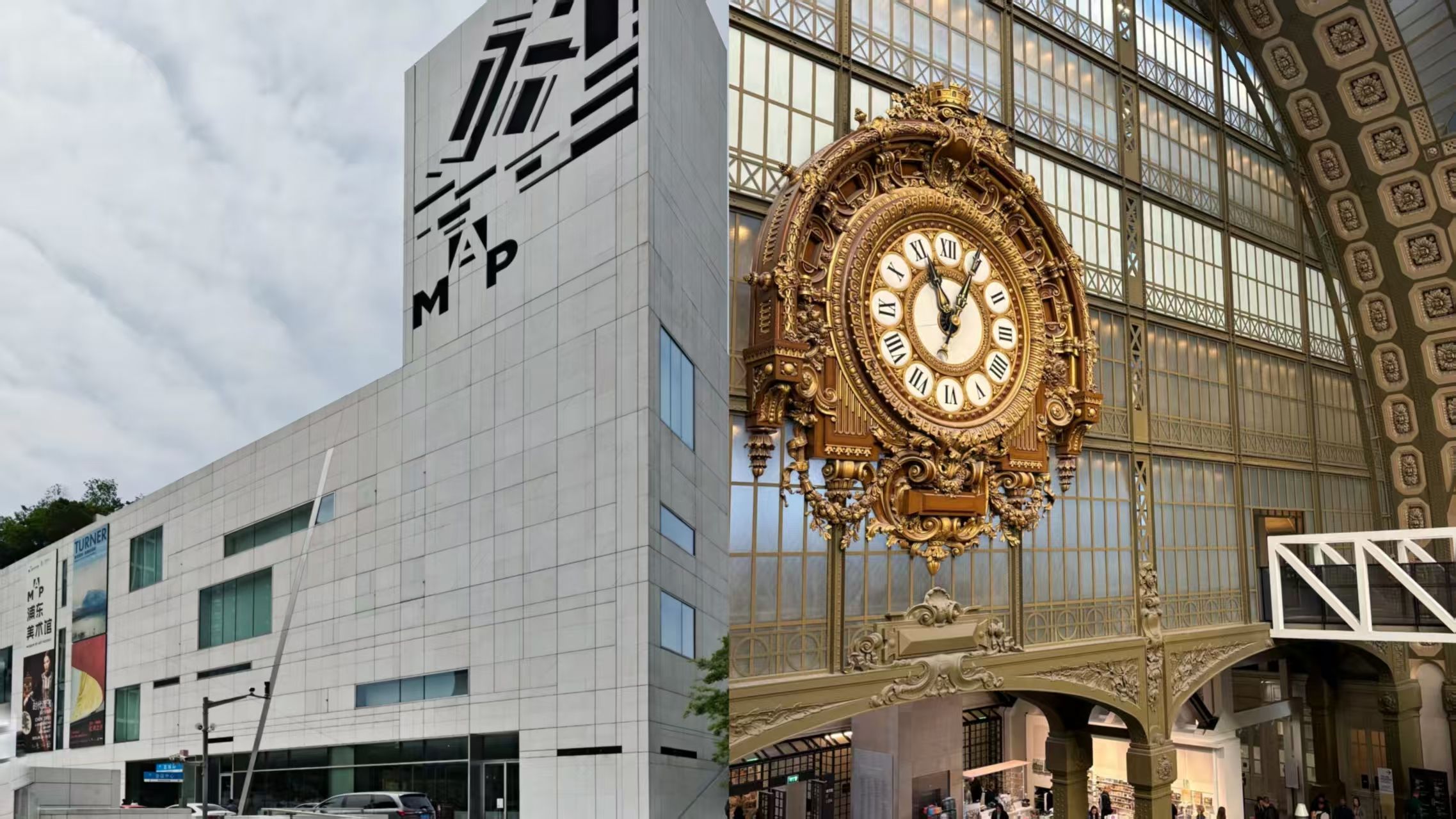
While the Shanghai Museum connects visitors with China’s past, the Pudong Art Museum (PMoA) represents Shanghai’s future as a global cultural hub. Opened in 2021, it sits along the Huangpu River, directly across from the Bund, and was designed by world-renowned French architect Jean Nouvel. Its striking minimalist architecture blends with the city skyline, making it a cultural landmark.
How Pudong Art Museum Shapes the Future of Shanghai Museums
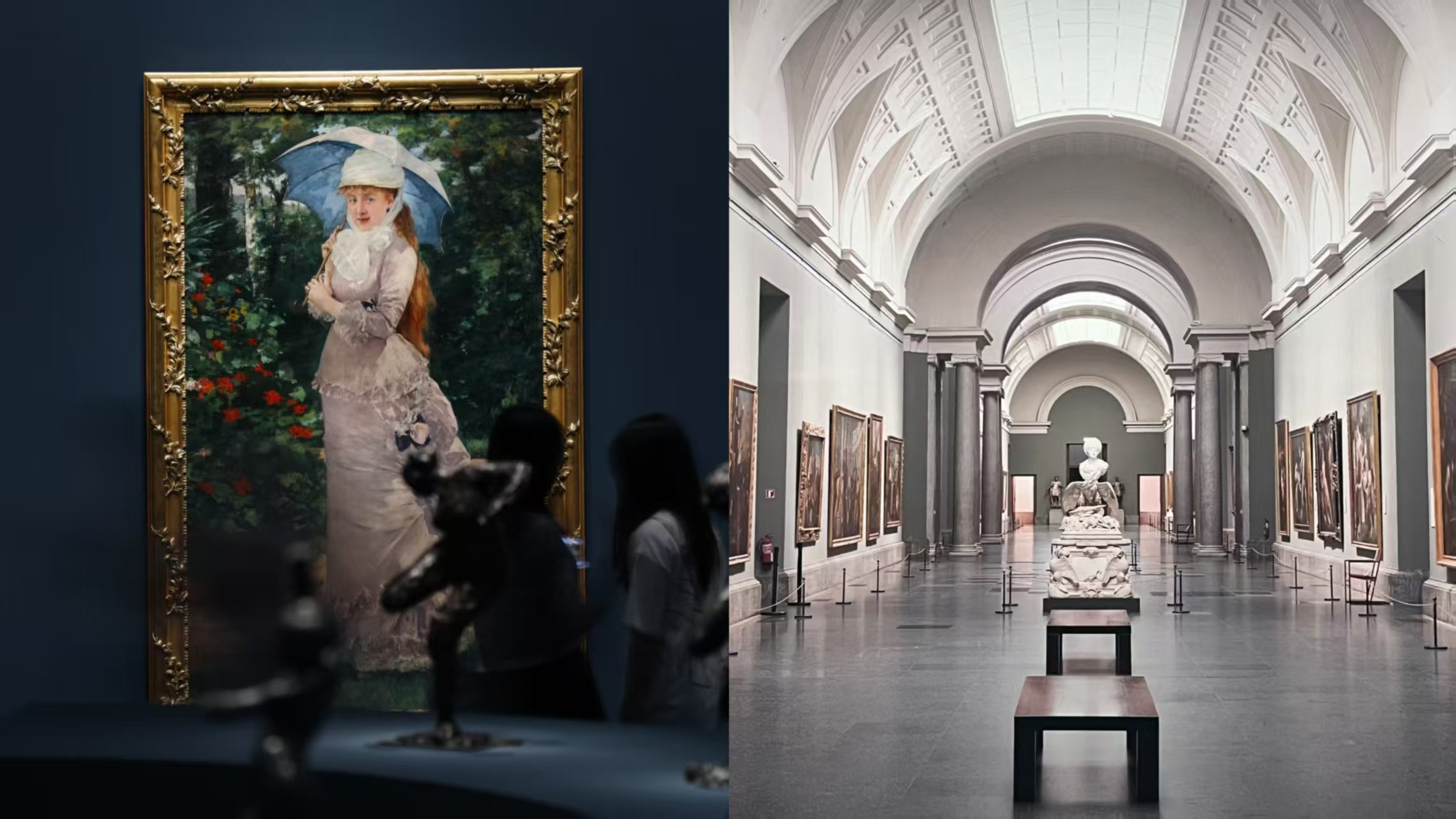
The Pudong Art Museum brings international art to Shanghai on an unprecedented scale:
-
Global Collaborations – The museum frequently partners with institutions such as the Tate, MoMA, and the Louvre to host world-class exhibitions. Visitors can admire works by Monet, Picasso, and other Western masters alongside contemporary Chinese artists.
-
Contemporary Chinese Art – Beyond imported exhibitions, PMoA dedicates space to young and established Chinese artists, reflecting the dynamism of the nation’s modern art scene.
-
Architectural Design – The museum’s spacious galleries and outdoor terraces were designed to encourage dialogue between art and the urban environment. The rooftop terrace offers breathtaking views of the Bund, Lujiazui’s skyscrapers, and the Huangpu River.
In contrast to the historical focus of many Shanghai museums, PMoA highlights Shanghai’s global outlook, cementing its reputation as one of the best places to visit in Shanghai for art lovers.
Travel Tips for Pudong Art Museum
-
Tickets/Reservation: Entry usually ranges from ¥100–150, depending on the exhibitions. Tickets can be purchased on the official PMoA website, Damai, or Meituan apps. International credit cards may not be accepted, so it’s best to use WeChat Pay or Alipay.
-
Opening Hours: 10:00 AM – 9:00 PM, closed on Mondays. Evening visits are popular for pairing art exploration with skyline views.
-
Recommended Time: 1.5–2 hours.
-
Facilities: A riverside café and gift shop with art-themed souvenirs.
-
How to Get There: Take Metro Line 2 to Lujiazui Station, then walk 10–15 minutes.
Pro Tip: Time your visit to catch sunset views from the rooftop terrace — it’s one of the most Instagram-worthy spots among all Shanghai museums.
-
Shanghai Jewish Refugees Museum – The Most Touching of Shanghai Museums
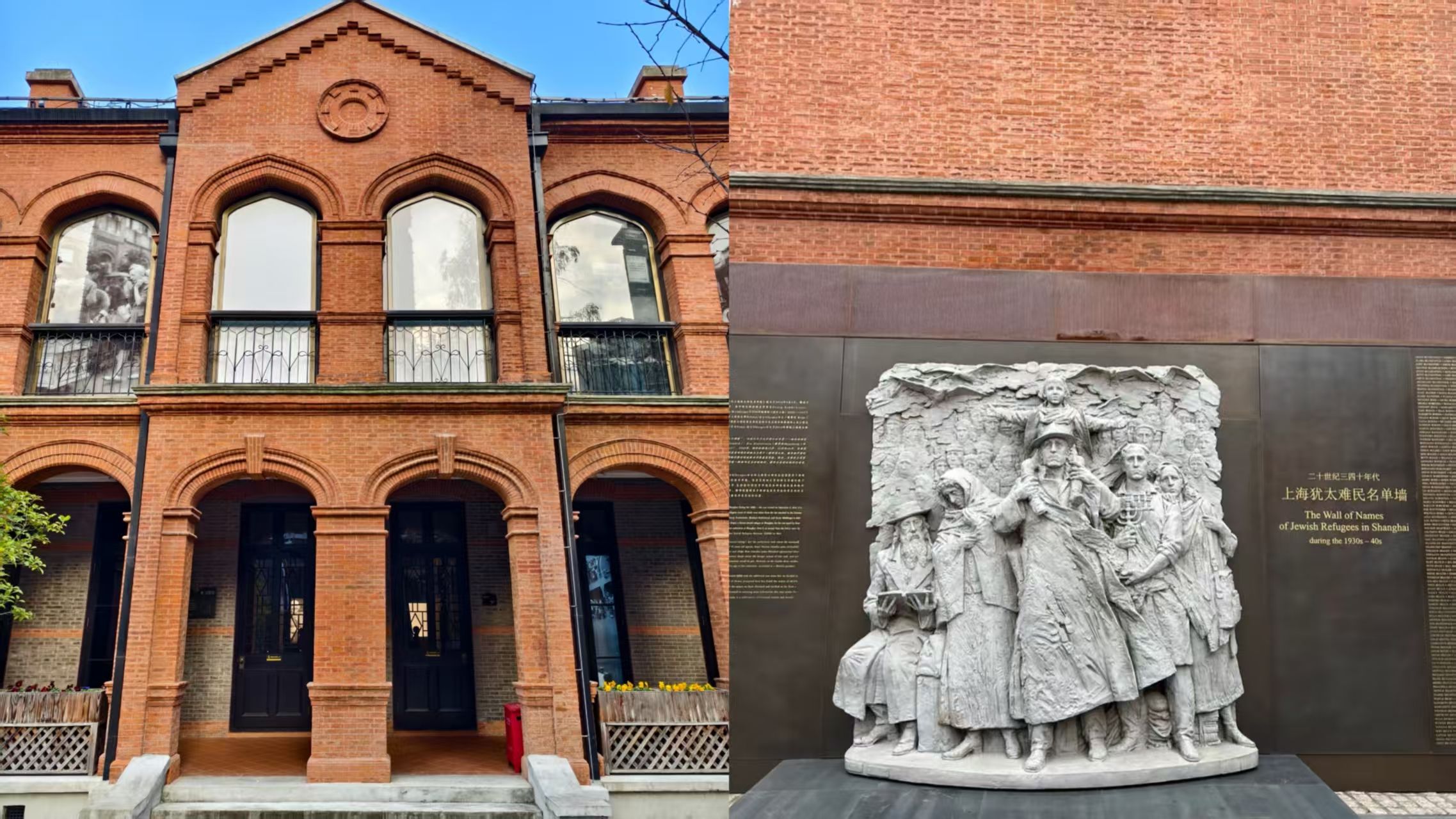
Tucked away in the Hongkou District, the Shanghai Jewish Refugees Museum tells one of the city’s most extraordinary stories. During World War II, when most of the world closed its doors, Shanghai was one of the few places that welcomed Jewish refugees fleeing Nazi persecution. More than 20,000 Jewish people found safety here, living alongside local Chinese residents in what became known as the “Shanghai Ghetto.”
The Human Stories Preserved in Shanghai Jewish Refugees Museum
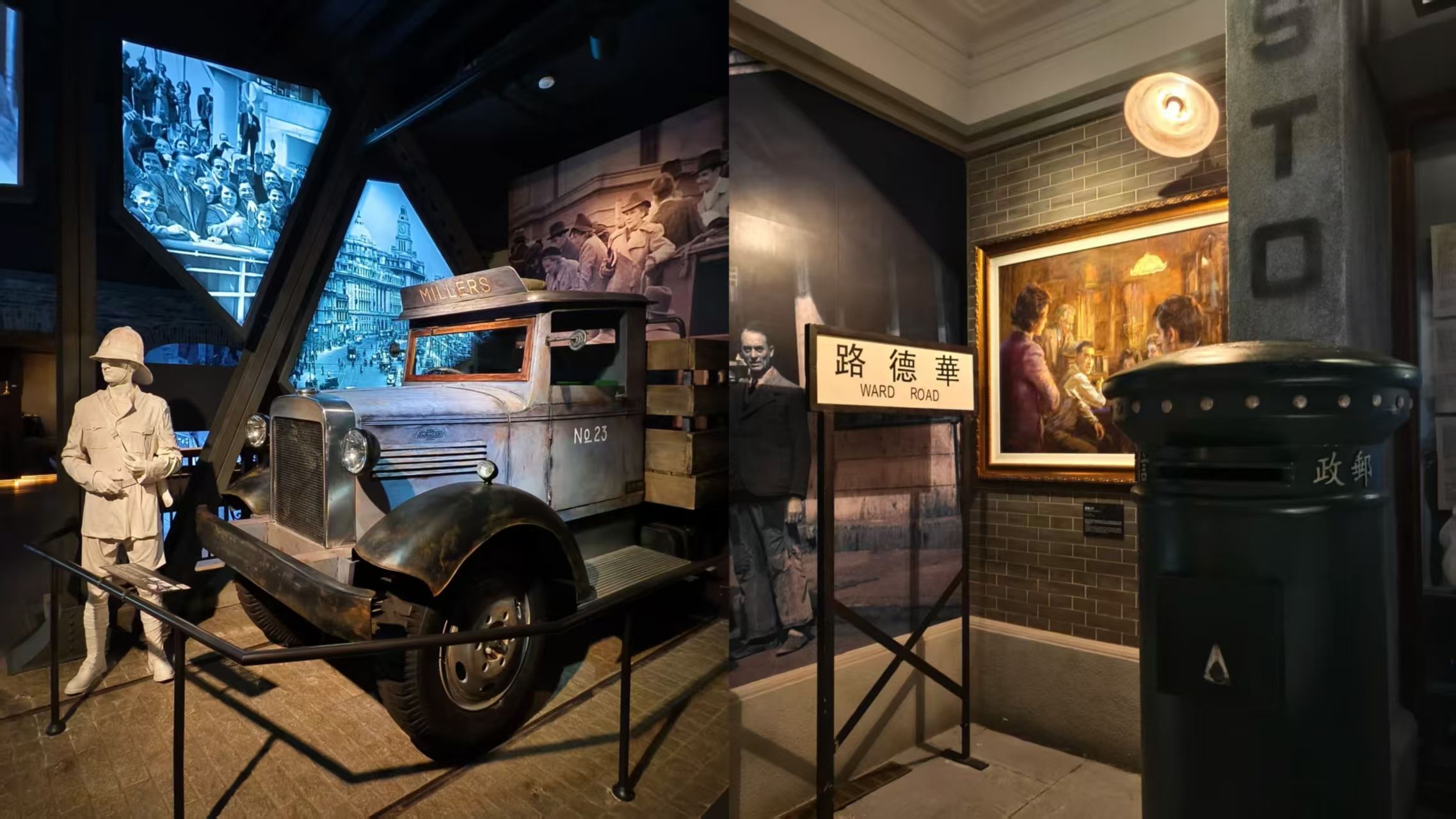
Housed in the restored Ohel Moshe Synagogue, the museum is both intimate and moving:
-
Oral Histories and Exhibits – Personal testimonies, photographs, and artifacts reveal how refugees rebuilt their lives in Shanghai, often in overcrowded but resilient communities.
-
Synagogue Restoration – Visitors can step inside the beautifully restored prayer hall, a place where countless refugees once gathered.
-
Global Recognition – The museum is part of UNESCO’s “Memory of the World” project, symbolizing international solidarity and human resilience.
For travelers seeking cultural depth, this is one of the most meaningful Shanghai museums to visit. It highlights the city’s role in global history and its tradition of openness.
Travel Tips for Shanghai Jewish Refugees Museum
-
Tickets/Reservation: Entry is ¥50, with tickets available on the official website or onsite. Passports are required for foreign visitors.
-
Opening Hours: 9:00 AM – 5:00 PM (last entry 4:30 PM). Closed on Mondays.
-
Recommended Time: 1–1.5 hours.
-
Guided Tours: English-speaking guides are available at fixed times; short documentary screenings are shown daily.
-
How to Get There: Take Metro Line 12 to Tilanqiao Station; it’s a 5-minute walk from there.
Pro Tip: Combine a visit here with a walk along nearby Duolun Road Cultural Street, where 20th-century writers and intellectuals once gathered.
Suggested Routes to Explore Shanghai Museums and Nearby Attractions
To make the most of your time, here are recommended Shanghai museum itineraries that combine cultural exploration with iconic city sights:
Route 1: Classic One-Day Shanghai Museum Tour with City Highlights
-
Morning → Shanghai Museum (People’s Square)
-
Explore ancient bronzes, ceramics, calligraphy, and jade.
-
Transport: Metro Line 1/2/8 → People’s Square Station, Exit 1.
-
-
Afternoon → Lunch near Nanjing Road
-
Try local Shanghainese dishes: xiao long bao, sheng jian bao, or Shanghai-style dim sum.
-
Continue to Pudong Art Museum for modern and international exhibitions.
-
Transport: Metro Line 2 → Lujiazui Station → 10-min walk.
-
-
Evening → Walk along the Bund
-
Take photos of the skyline, visit historic Customs House and Peace Hotel, and enjoy riverside lights.
-
Route 2: Two-Day Cultural Shanghai Museums Itinerary
Day 1 – History & Classical Culture
-
Morning → Shanghai Museum
-
Afternoon → Lunch at City God Temple area (xiao long bao, tangyuan), then explore Yu Garden and surrounding bazaar.
-
Evening → Huangpu River Cruise or stroll along the Bund.
Day 2 – Modern & Human Stories
-
Morning → Shanghai Jewish Refugees Museum
-
Afternoon → Walk along Duolun Road Cultural Street, explore 20th-century writer homes, galleries, and cafés. Then head to Tianzifang for artsy alleys, boutiques, and street art.
-
Evening → Dinner in the French Concession or return to the Bund for night views.
Route 3: Family-Friendly Shanghai Museums & Entertainment
-
Morning → Shanghai Science and Technology Museum (interactive exhibits for kids and adults).
-
Afternoon → Lunch nearby, then visit Shanghai Museum (focus on educational galleries like bronzes and ceramics).
-
Evening → Optionally visit Disneyland Shanghai or take a relaxing evening stroll along Lujiazui Riverside.
Route 4: Themed Cultural Tour of Shanghai Museums & Art Venues
-
Morning → Shanghai Museum for ancient Chinese treasures.
-
Afternoon → China Art Museum (formerly Expo site) for modern art, then Power Station of Art for contemporary exhibitions.
-
Evening → Walk along Huangpu Riverside or visit the Bund to admire the city skyline, combining culture with Shanghai’s iconic views.
5.Practical Tips for Visiting Shanghai Museums
Visiting Shanghai museums can be smooth and enjoyable if you prepare in advance:
-
Opening Hours: Most Shanghai museums close on Mondays. Standard hours are 9:00 AM – 5:00 PM.
-
Booking: Tickets and reservations are typically made through WeChat mini-programs or Chinese apps like Damai and Meituan. Some major museums also allow booking via their official English websites.
-
Payment: Mobile payments (WeChat Pay, Alipay) are widely used. Cash is accepted at larger venues but less common. International credit cards are rarely usable for ticketing apps.
-
Language Support: Most museums provide English captions; major ones have multilingual audio guides.
-
Nearby Attractions: Combine museum visits with landmarks like the Bund, Yu Garden, Lujiazui, and Nanjing Road for a balanced Shanghai itinerary.
Further Reading about Shanghai
1.Shanghai Yu Garden in 2025: Must-Visit Attraction 2.Where to Shop in Shanghai in 2025?For international travelers, exploring these museums is not only one of the best things to do in Shanghai, but also the key to unlocking the city’s soul. So next time you plan your Shanghai itinerary, make sure to include these fascinating museums — because no visit to the city is complete without them!
